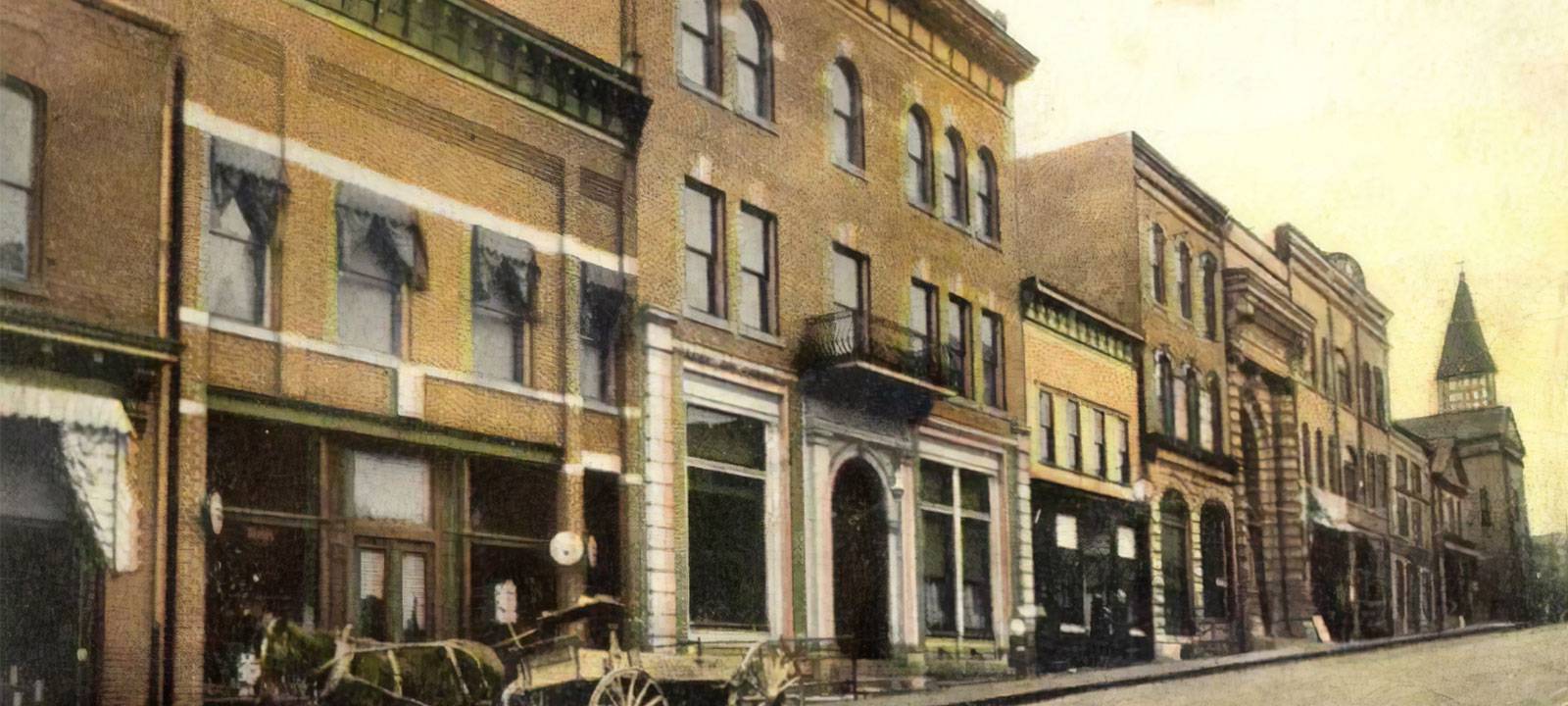A History of the Norwin School District, Part III

This is the third in a series of articles about the history of Norwin and its school system, written by Dr. Ronald B. Surmacz with original research by C.C. Pearsall.
The first two-room school in North Huntingdon Township was built in Larimer in 1868. The school was first known as Biddle and was used until approximately 1888. Increased enrollment required that a four-room structure be built, with an additional room added at a later date.
A two-room building was built at Westmoreland City in 1874 and was used by the pupils from Westmoreland City and Wentling. This building remained in use until 1914. Shafton’s first school was a one-room building and was constructed when the mine (Old Shaft) was opened. About 1876, a three-room building replaced the one-room structure. Two (2) portable buildings were added and served the students until 1932.
In 1875, a one-room school was established a short distance north from the Bald Eagle Pond. Used until 1889, when the glassworks purchased the property, it was replaced by a new building located on property owned by J. L. Ridinger. In 1876, a one-room building was constructed on the site of the former Circleville School. This building was the site of a “selection” school during the summer months. Pupils who did not attend regular winter sessions used the “selection” school. The students came from families who did not wish their children to attend school with any and all others of the community, a common practice among pioneer settlers who objected to the public school system.
In 1892, Longwood School, near Robbins’ Station, was built. It was used until 1924, when it was torn down and a new Robbins School was built on a nearby site. In 1895, a one-room school was built in Shawtown. This building burned down in 1911 and was rebuilt the following year. In 1898, a one-room building was built at Skelleytown, which was used until 1929.
Teachers of the era attended the county Teachers’ Institute in Greensburg once a year. The township had its own monthly institutes. Frequently, institutes were held at a centrally located school such as Penn Shaft. Sometimes, however, when a teacher showed outstanding ability in a subject, the institute was held in his/her school. The pupils of that school were used in the demonstration. The institutes were held on the Saturday that was “Pay Day.”
The institute that was held on October 8, 1890, had the following program:
- Music
- Talk – “School Government”
- Drill on the use of the word “but”
- “How to Make Friday Afternoon Exercises Beneficial”
- “Methods of Conducting Information Classes for Older Pupils”
- “The Use of Pictures in the School Room”
- “What Has Been Gained by the Study of Physiology and Hygiene in our Public Schools”
The meetings were all-day sessions with teachers bringing their lunches. A few years later, institutes were held in the evening occasionally, usually in a church to accommodate the large attendance.
Using the reports of the County Superintendents, North Huntingdon Township residents eagerly accepted and voted almost unanimously in favor of a full public school system. This was unusual for most of the townships of Westmoreland County. J. R. McAfee, County Superintendent in 1860, noted that “…North Huntingdon Township has nine (9) schools; most taste in buildings and grounds; people rich; directors intelligent and teachers active.”
PHOTO: “A Street Scene”, Irwin, Pennsylvania. Norwin Historical Society/Jean Soyke Collection.
